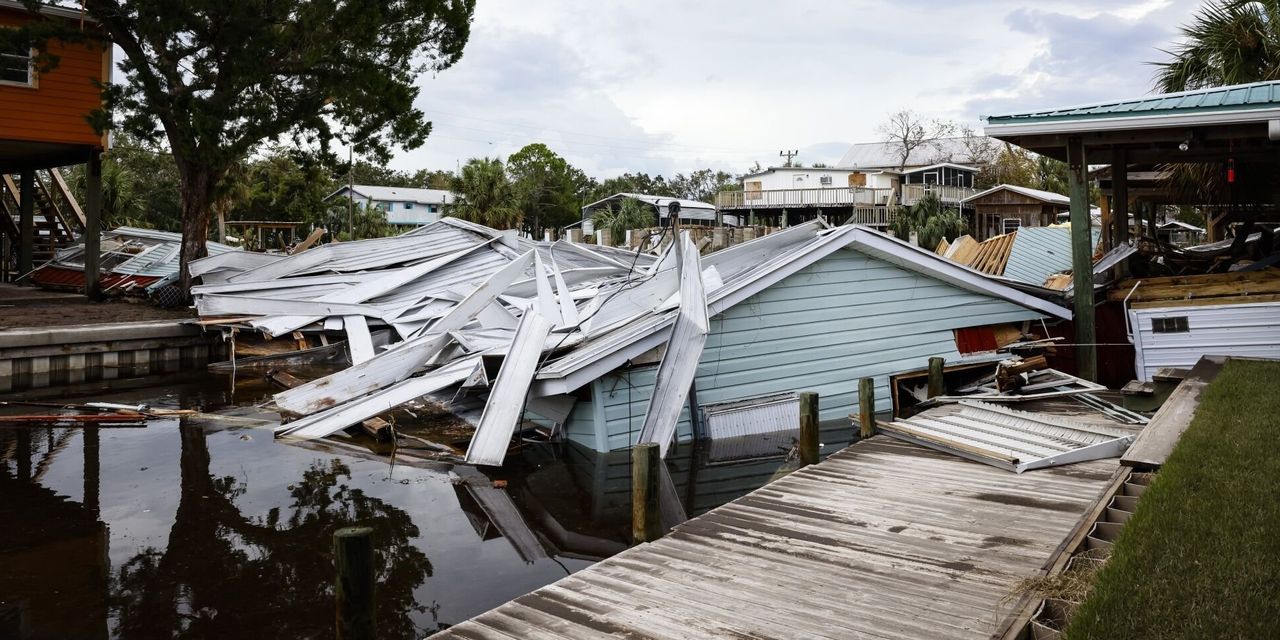Huge losses from national disasters prompt industry to jack up prices and pull back from some markets; ‘worst possible scenario’ for consumers
After Allstate suffered billions of dollars in losses and failed to get the rate increases it wanted, it resorted to the nuclear option.
The insurance giant threatened last fall to stop renewing auto insurance for customers in three states that hadn’t given in to its demands, which would have left those policyholders scrambling for coverage. The states blinked.
In December, New Jersey approved auto rate increases for Allstate averaging 17%, and New York, a 15% hike. Regulators in California are allowing Allstate to boost auto rates by 30%, but still haven’t decided on its request for a 40% increase in home-insurance rates after the insurer refused to write new policies.
For many Americans, getting insurance for both their cars and homes has gone from a routine, generally manageable expense to a do-or-die ordeal that can strain household budgets.



You seem to be arguing that drivers of red cars statistically have worse luck. Statistics doesn’t deal in luck, only results. If red cars cost more to insure (and we both acknowledge there nothing in paint pigment that can cause this) then it is a behavior of the drivers that choose these cars. That does seem like a good reason to not penalize safer drivers that don’t drive red cars. Also, realistically we’re talking about one tiny input into the actuarial tables that go into pricing insurance premiums for drivers. Red paint is probably way lower than other more important factors such as the complexity of repairs necessary for like accidents or the individual driver’s previous driving history.
How is a person going bankrupt is if they’re insured? Their future premiums will can certainly go up, but that’s not a bankruptcy event.
Perhaps in some cultures, but certainly not in the USA. If anything socializing the losses creates less feeling of responsibility because the person committing the act only suffers a tiny fraction of the consequences.